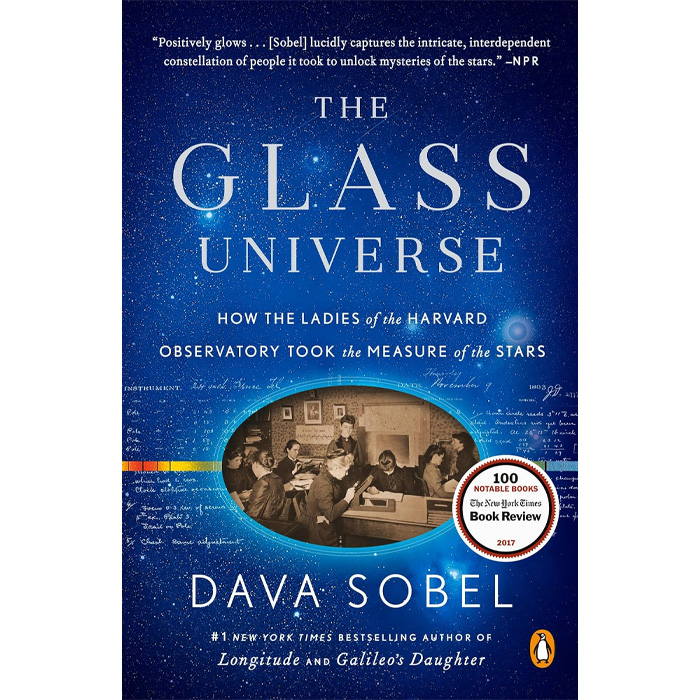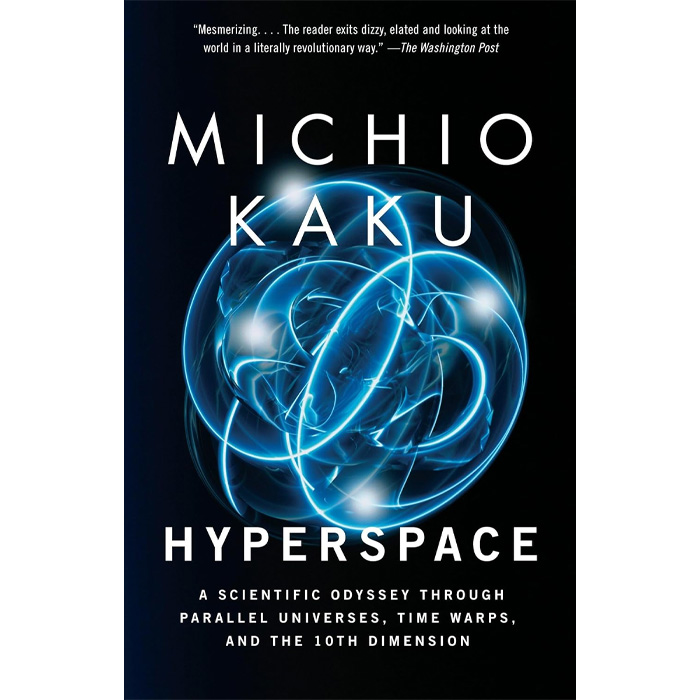Best astrophysics books 2025
Explore the best astrophysics books out there as there's an expanse of interesting, fun and worth-while reads to discover.
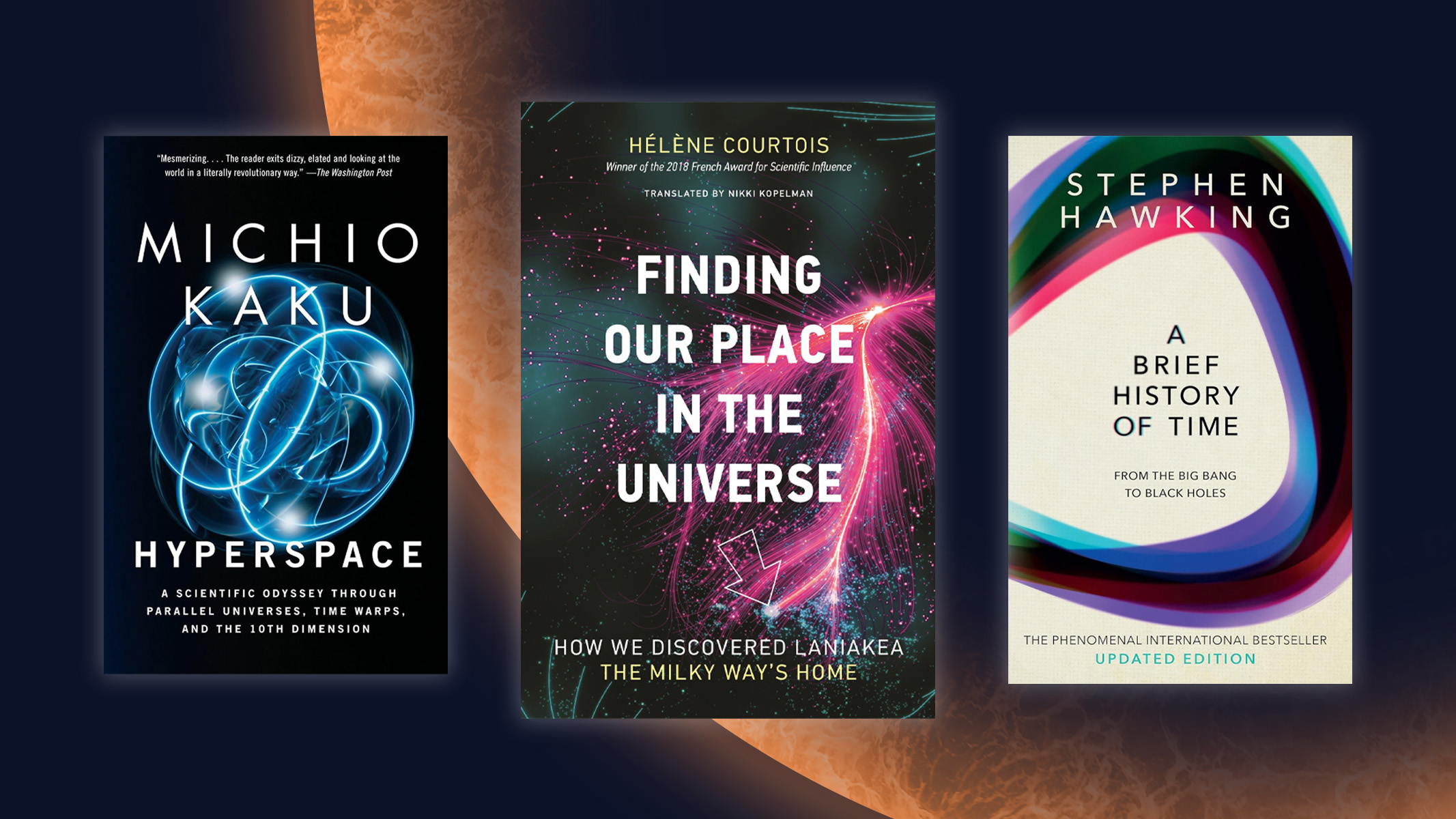
Discover Space.com's round-up of the best astrophysics books out there as we give you the rundown on the top reads to give you a view of the universe through the eyes of an astrophysicist without years of study.
Astrophysics can be heavy reading. Fortunately, these books are all engaging, and even funny at times. So if you don't have an expanse of knowledge on the subject, and even if you do, there's no need to feel daunted by our reading list as there's something suitable for everyone here.
Of course, if you don't find your next read here, or if you're looking for a science-based gift, our guides to the best space books, best space gifts and best telescopes will point you in the right direction. But, for the best astrophysics books available, scroll down below.
The quick list
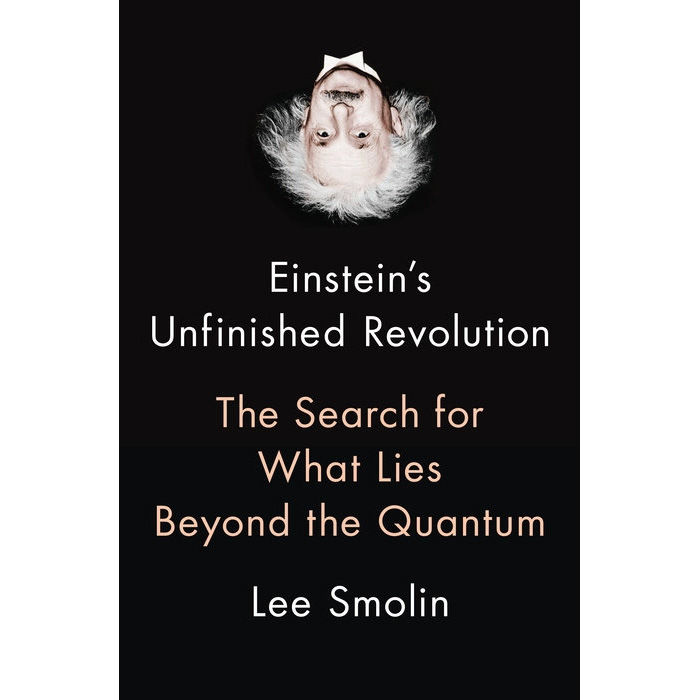
An engaging book that offers a unique perspective through four decades at the forefront of theoretical physics.
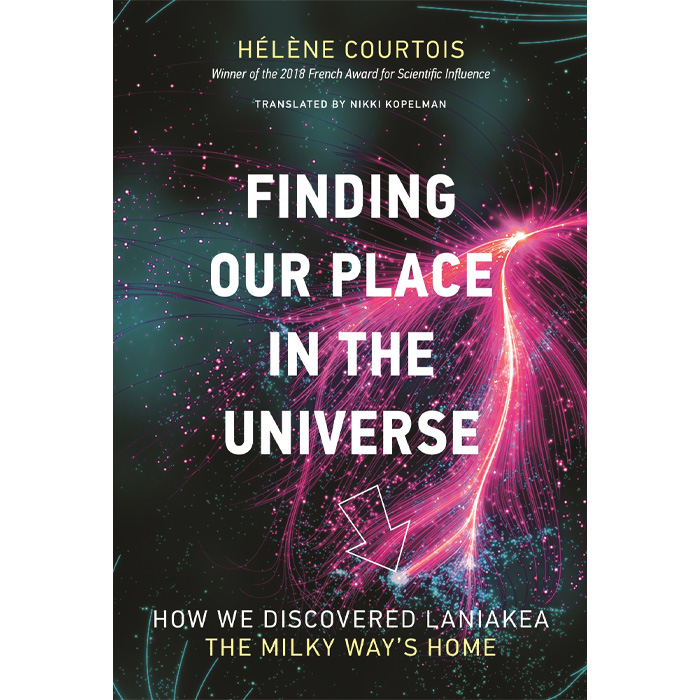
An in-depth and invigorating retelling of discovering Laniakea, the supercluster that contains the Milky Way.
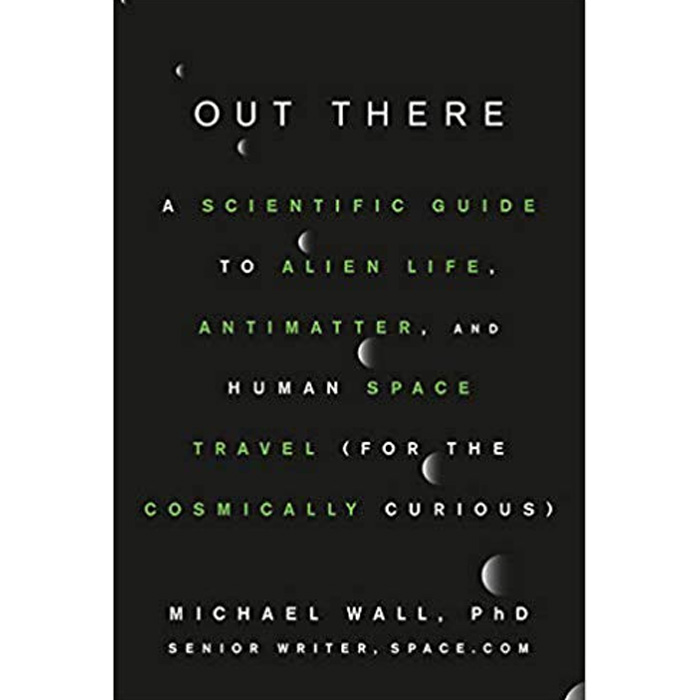
Out There discusses the biggest questions of our place in the universe: who else is out there, what they might be like and why we haven't heard from them yet.
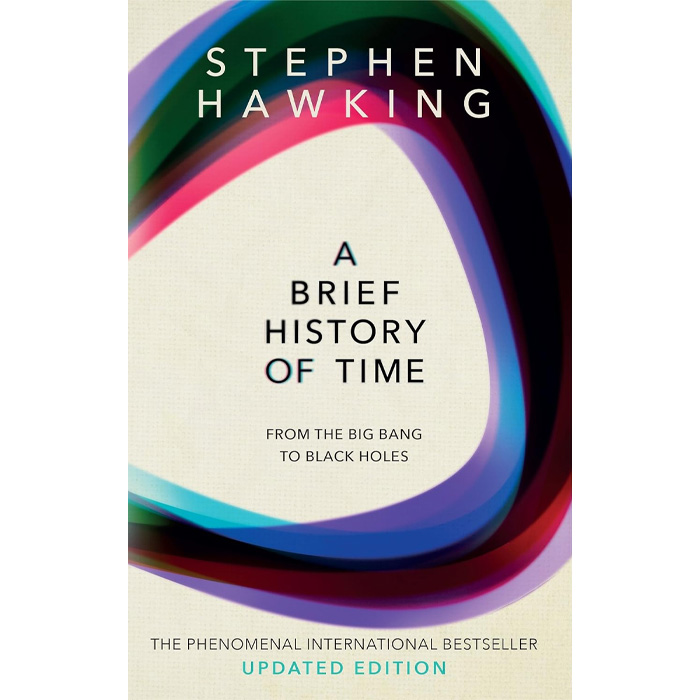
One of the most popular books in the astrophysics space, Stephen Hawking breaks down space and time, making it accessible to those of us who aren't rocket scientists.
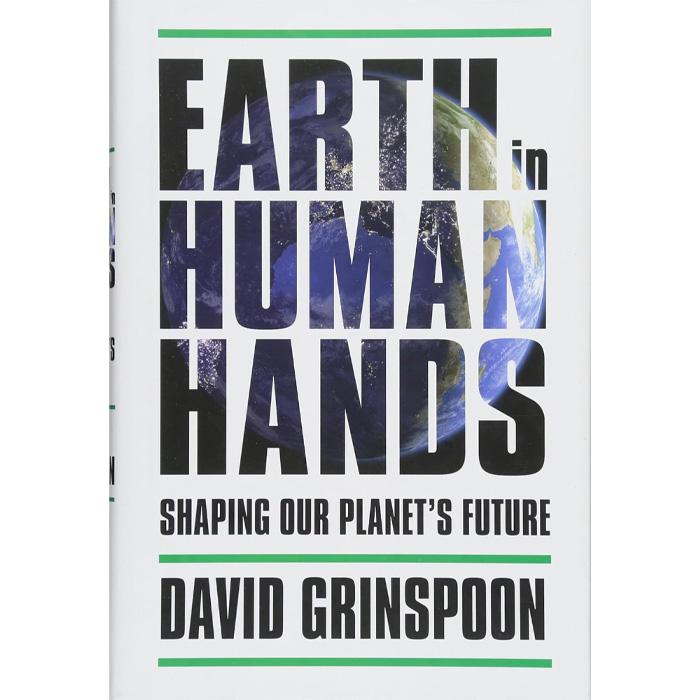
An exploration of how humans have seized control of planet Earth, whether for good or bad.
Load the next 3 products ↴
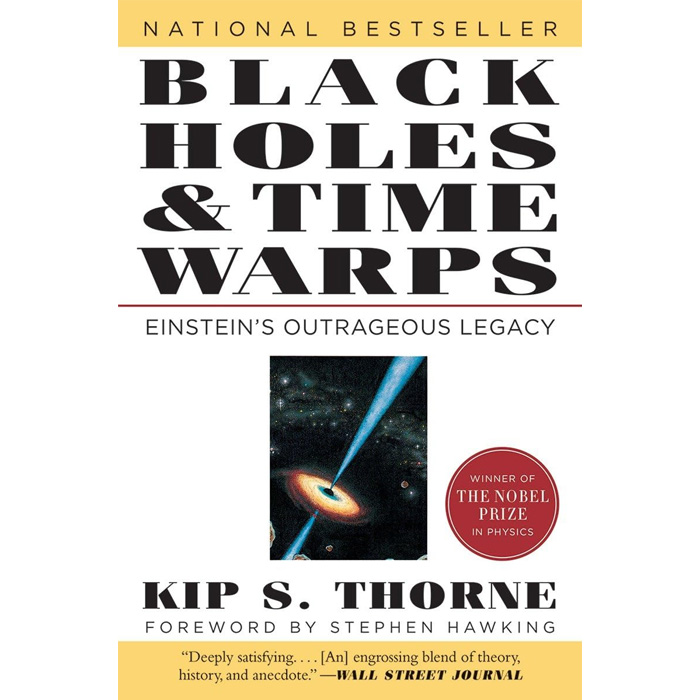
This isn't a light read, but it's the perfect introduction to mind-bending topics for non-scientists, giving readers deep information about black holes, time warps and more.
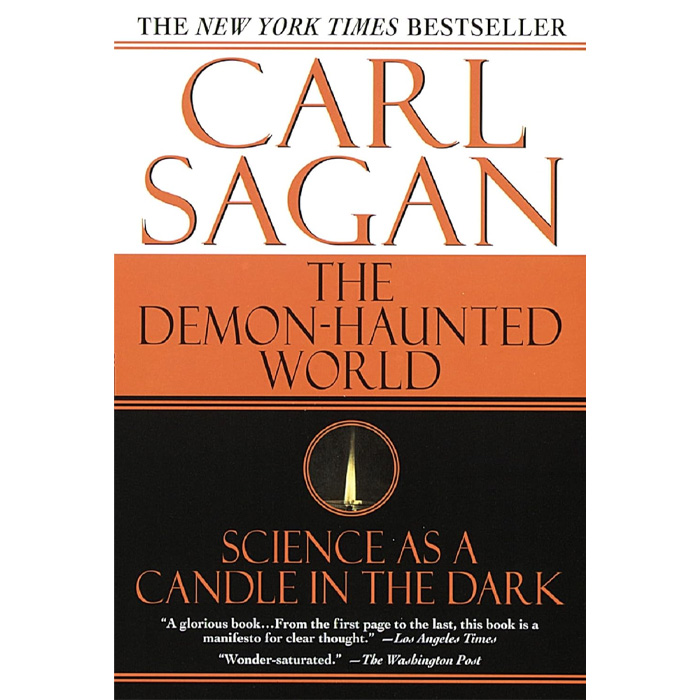
An explanation as to what science is, how researchers it, and plenty of debunking about alien encounters and paranormal experiences.
The best astrophysics books to read in 2025
Why you can trust Space.com
Einstein's Unfinished Revolution
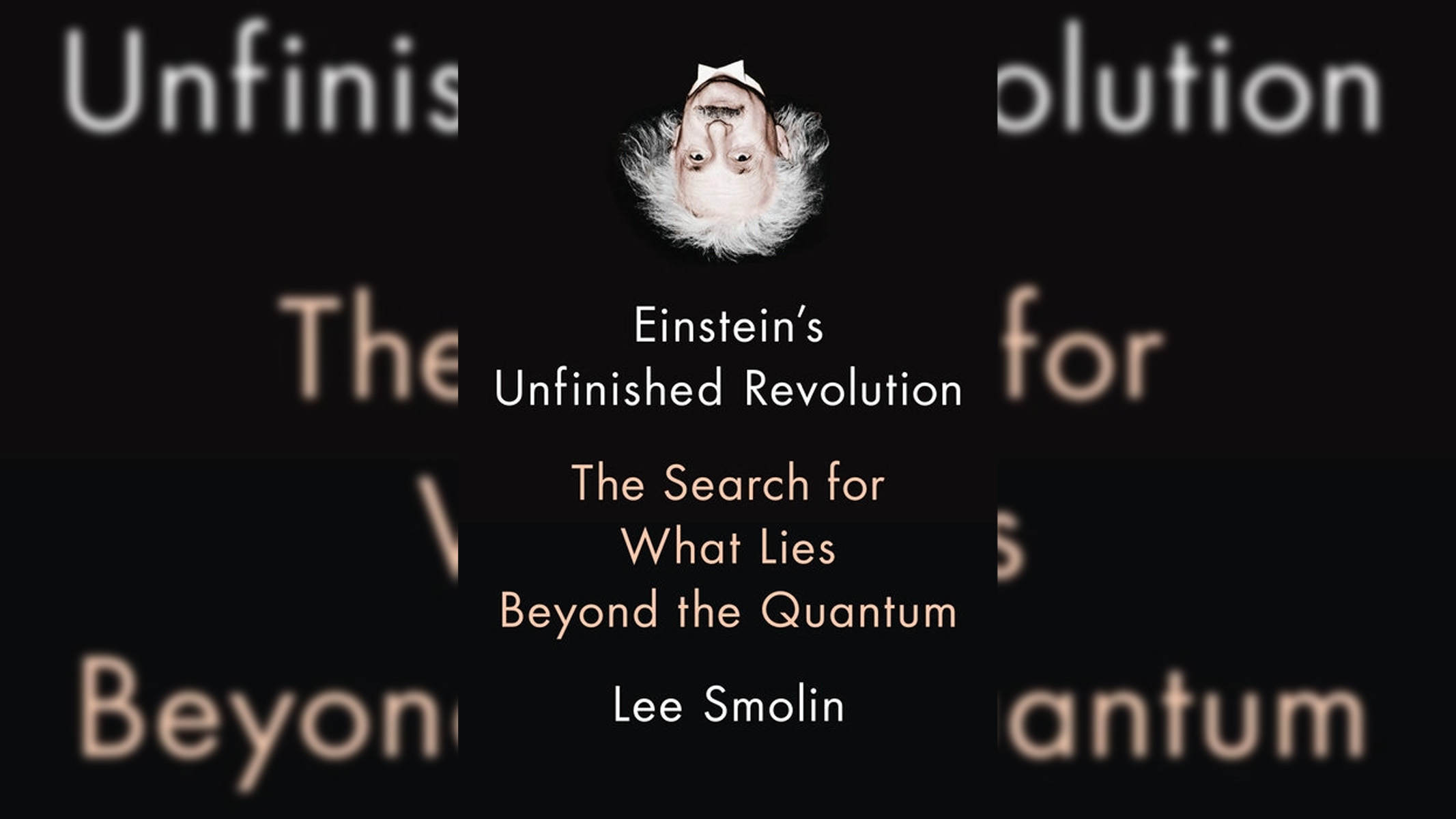
Einstein's Unfinished Revolution: The Search for What Lies Beyond the Quantum
Our expert review:
Specifications
Reasons to buy
Reasons to avoid
✅ You want a deeper understanding of quantum physics: Smolin argues that there's much more to quantum physics than Einstein's theory.
❌ You are new to science: The book is quite dense and requires some basic scientific knowledge
🔎 Einstein's Unfinished Revolution: This is a well-researched and informative book, but its dense subject matter requires some scientific knowledge before you go in. ★★★★
Although many believe that the quantum-mechanics revolution of the 1920s is settled science, in Einstein's Unfinished Revolution: The Search for What Lies Beyond the Quantum, Lee Smolin wants to disrupt that assumption. Smolin, a theoretical physicist based at the Perimeter Institute in Toronto, argues that quantum mechanics is incomplete. He thinks that the reason quantum physics is seen to be unsolved and unsolvable is simply because the current theory is incomplete.
The standard quantum model only allows us to know the position or trajectory of a subatomic particle — not both at the same time. Smolin has spent his career looking to "complete" quantum physics in a way that allows us to know both pieces of information.
Smolin's very engaging book, Einstein's Unfinished Revolution: The Search for What Lies Beyond the Quantum, offers this unique perspective honed through four decades at the forefront of theoretical physics. ~ Marcus Banks
Finding Our Place in the Universe
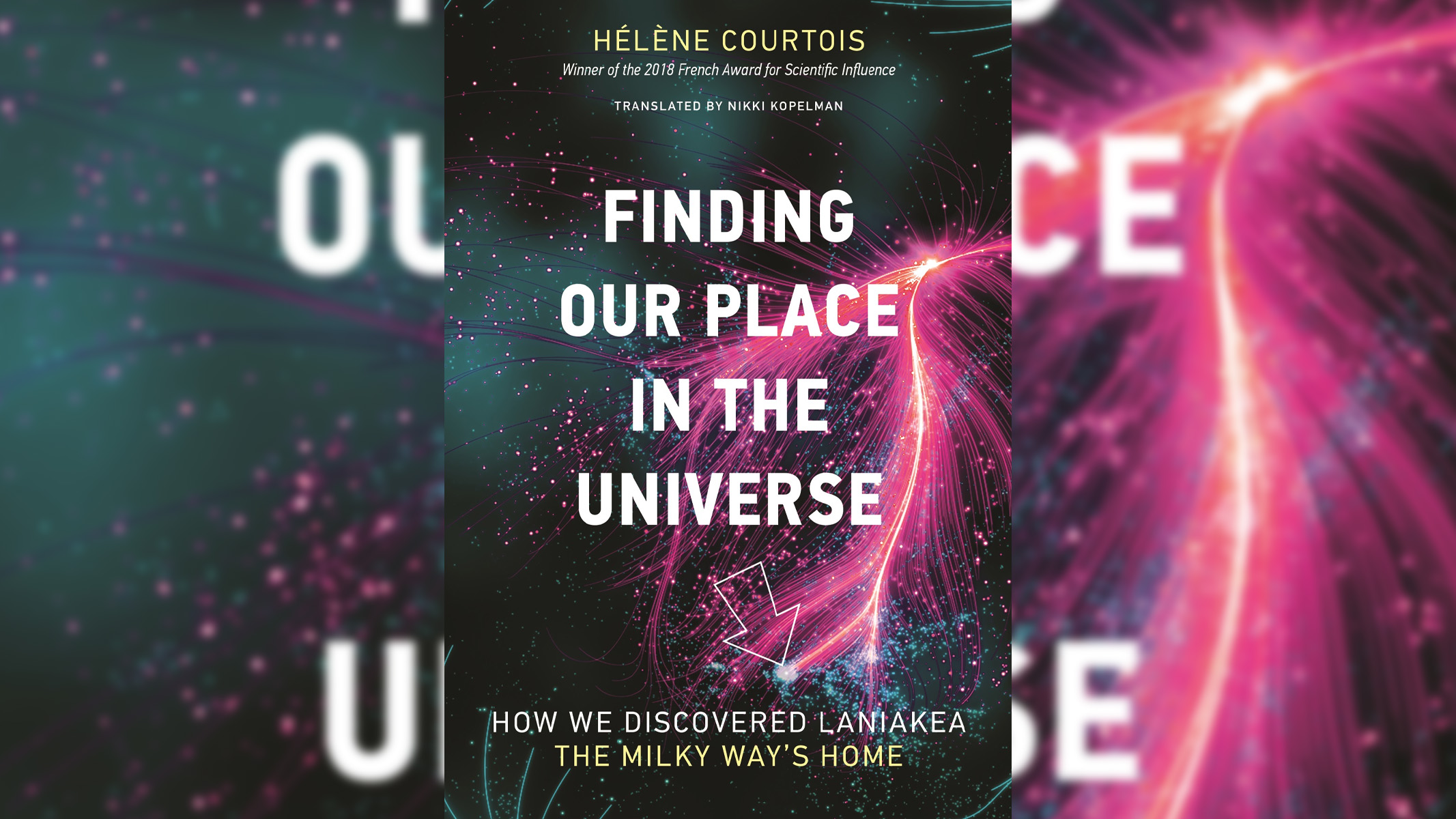
Finding Our Place in the Universe: How We Discovered Laniakea
Our expert review:
Specifications
Reasons to buy
Reasons to avoid
✅ You're interested in Courtois' research: This is an interesting summary of the program she was involved in.
❌ You want a scientific deep-dive: This is a fairly short book, and lacks depth.
🔎 Finding Our Place in the Universe: This is a great read, which can be enjoyed simply as a celebration of female astrophysicists even if you don't have a scientific background. ★★★★
In Finding Our Place in the Universe: How We Discovered Laniakea - The Milky Way's Home, French astrophysicist Helene Courtois describes the invigorating quest to discover the Milky Way's home. In 2014 Courtois was part of a research team that discovered the galactic supercluster which contains the Milky Way, which they named Laniakea. This means "immeasurable heaven" in Hawaiian.
In this engaging and fast-paced book, Courtois describes her own journey in astrophysics and highlights the key contributions of numerous female astrophysicists.
The reader is right there with her as Courtois travels to the world's leading observatories in pursuit of Laniakea, and it's easy to see why the challenge of discovering our galaxy's home became so seductive. Readers who want them will learn all the scientific and technical details needed to understand the discovery of Laniakea, but it's also possible to enjoy this book as a pure tale of adventure. ~Marcus Banks
Out There
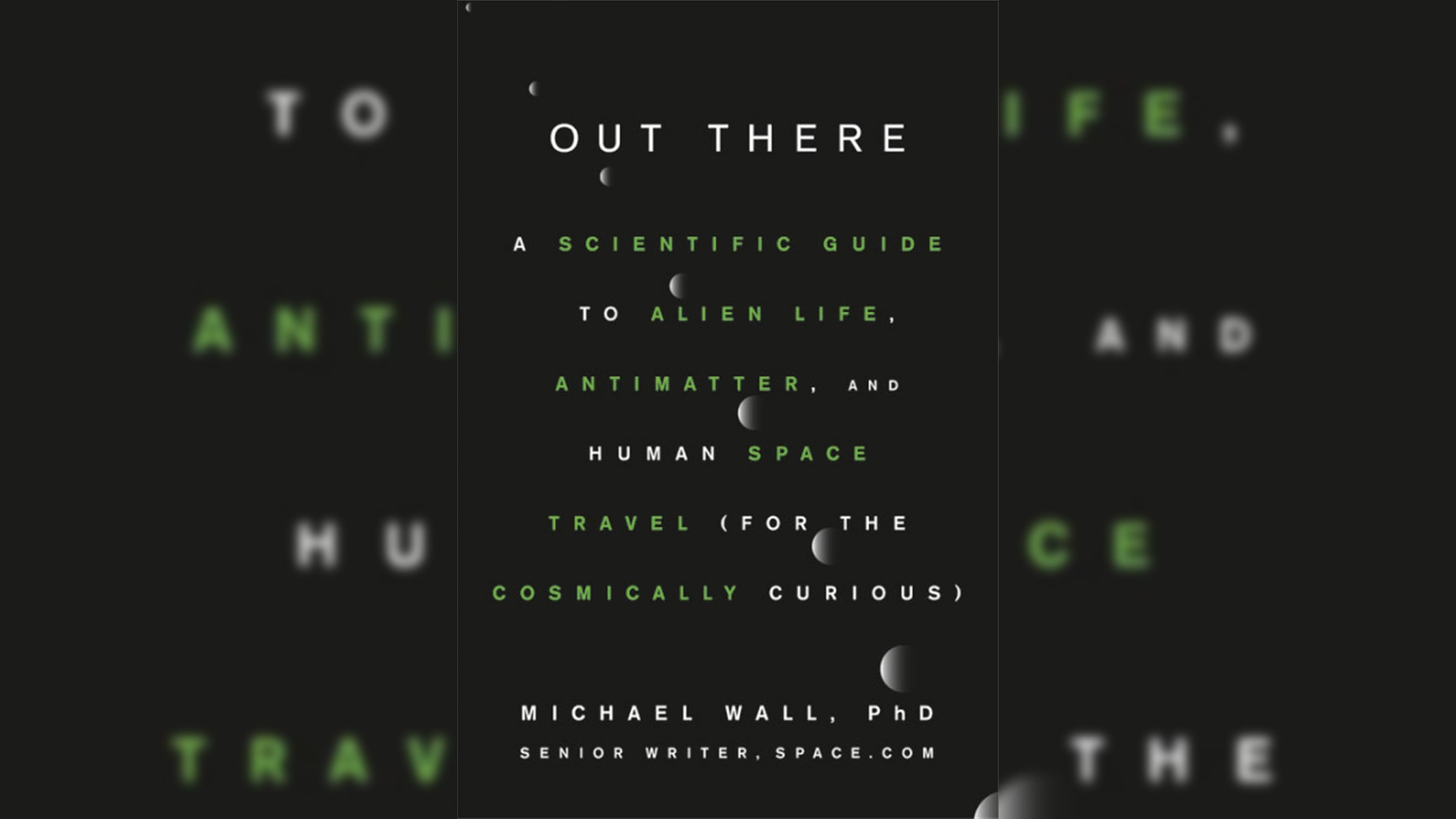
Out There: A Scientific Guide to Alien Life, Antimatter, and Human Space Travel (For the Cosmically Curious)
Our expert review:
Specifications
Reasons to buy
Reasons to avoid
✅ You want something that's easy to digest: This is a lightweight approach to life on other planets that's entertaining to read.
❌ You are already an expert: This may be a little basic if you already have advanced knowledge on the subject matter.
🔎 Out There: This is an engrossing and easily-digestible book that takes a scientific approach to the search for life on other planets. ★★★★
With Out There: A Scientific Guide to Alien Life, Antimatter, and Human Space Travel (For the Cosmically Curious), Space.com senior writer Mike Wall gets at the most pressing questions of our place in the universe. Amongst other questions, he asks who else is out there, what they might be like and why we haven't heard from them yet.
Wall draws on up-to-date science to answer speculative questions accurately and with good humor, accompanied by Karl Tate's entertaining line drawings. If you're not scientifically-minded, the information here is presented in an easy to understand format without ever feeling dumbed down.
Out There dramatizes the search for life and how we might react to its discovery, and it also explores what a long-term human presence off Earth could look like and whether we will ever make it there. The book offers quick dips into the most interesting aspects of space science, but it never feels shallow. ~Sarah Lewin
A Brief History of Time
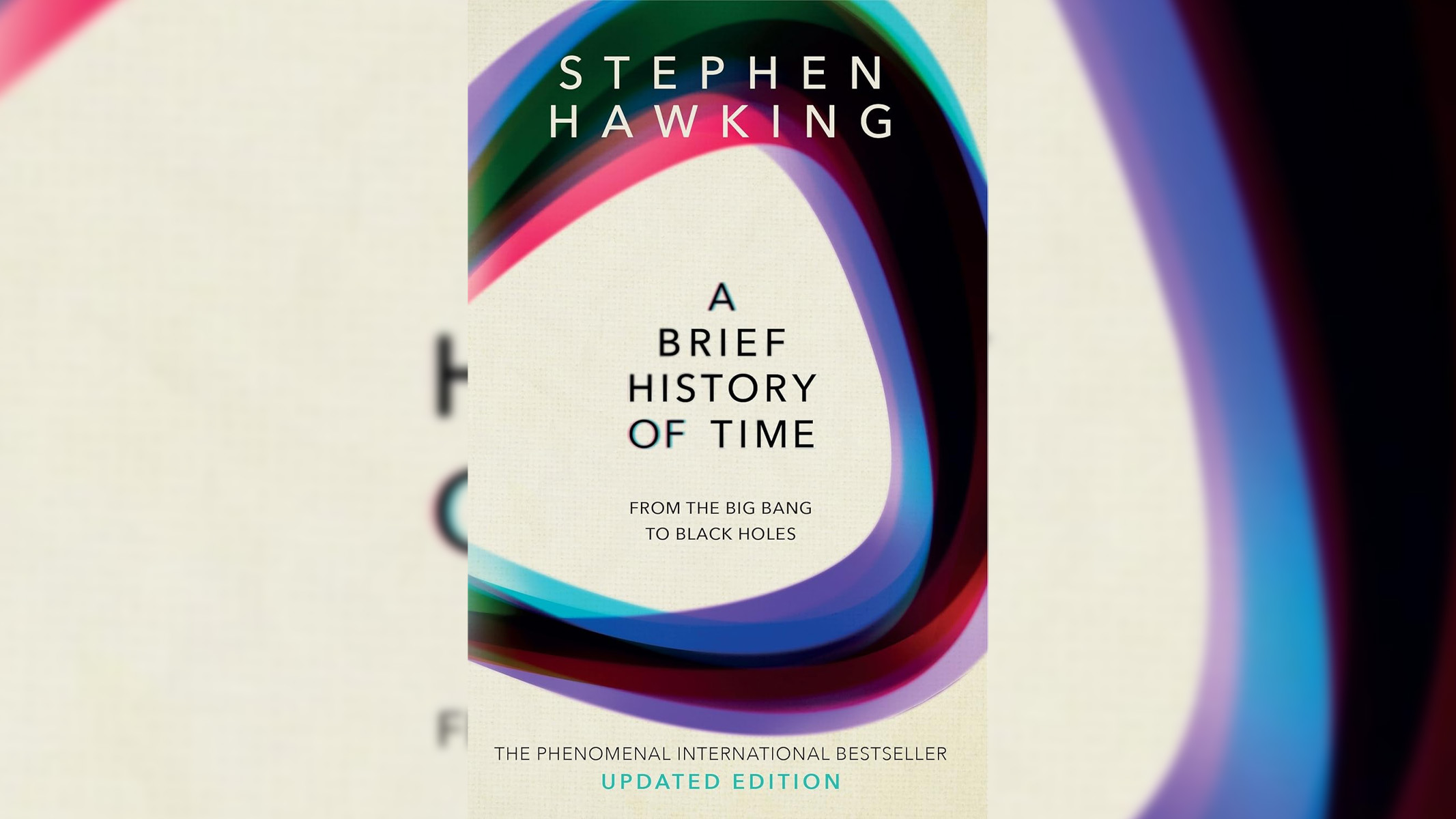
A Brief History of Time
Our expert review:
Specifications
Reasons to buy
Reasons to avoid
✅ You want to read one of the most distinguished minds in astrophysics: Few physicists are known as well as Stephen Hawking.
❌ You want the most up-to-date theories and understanding: Science has moved on somewhat since 1998.
🔎 A Brief History of Time: Out of all the astrophysics books out there, none other are as celebrated as Stephen Hawking's. It's an important read for almost everyone. ★★★★★
Stephen Hawking explains the universe. In this best-seller, the renowned physicist breaks down black holes, space and time, the theory of general relativity and much more, and makes it accessible to those of us who aren't rocket scientists. The book is a great primer for anyone who wants to learn more about the origins of the universe and where it's all heading.
The questions tackled in this book deal with big ideas, but they're written about in such a way that they're accessible to most readers. Expect to broaden your understanding as Hawking tackles questions like how did the universe begin, and what made its start possible? Does time always flow forward? Is the universe unending, or are there boundaries? Are there other dimensions in space? And what will happen when it all ends?
A Briefer History of Time, published first in 2005 in collaboration with Leonard Mlodinow, offers a more accessible update on the science of the first book.
Earth in Human Hands
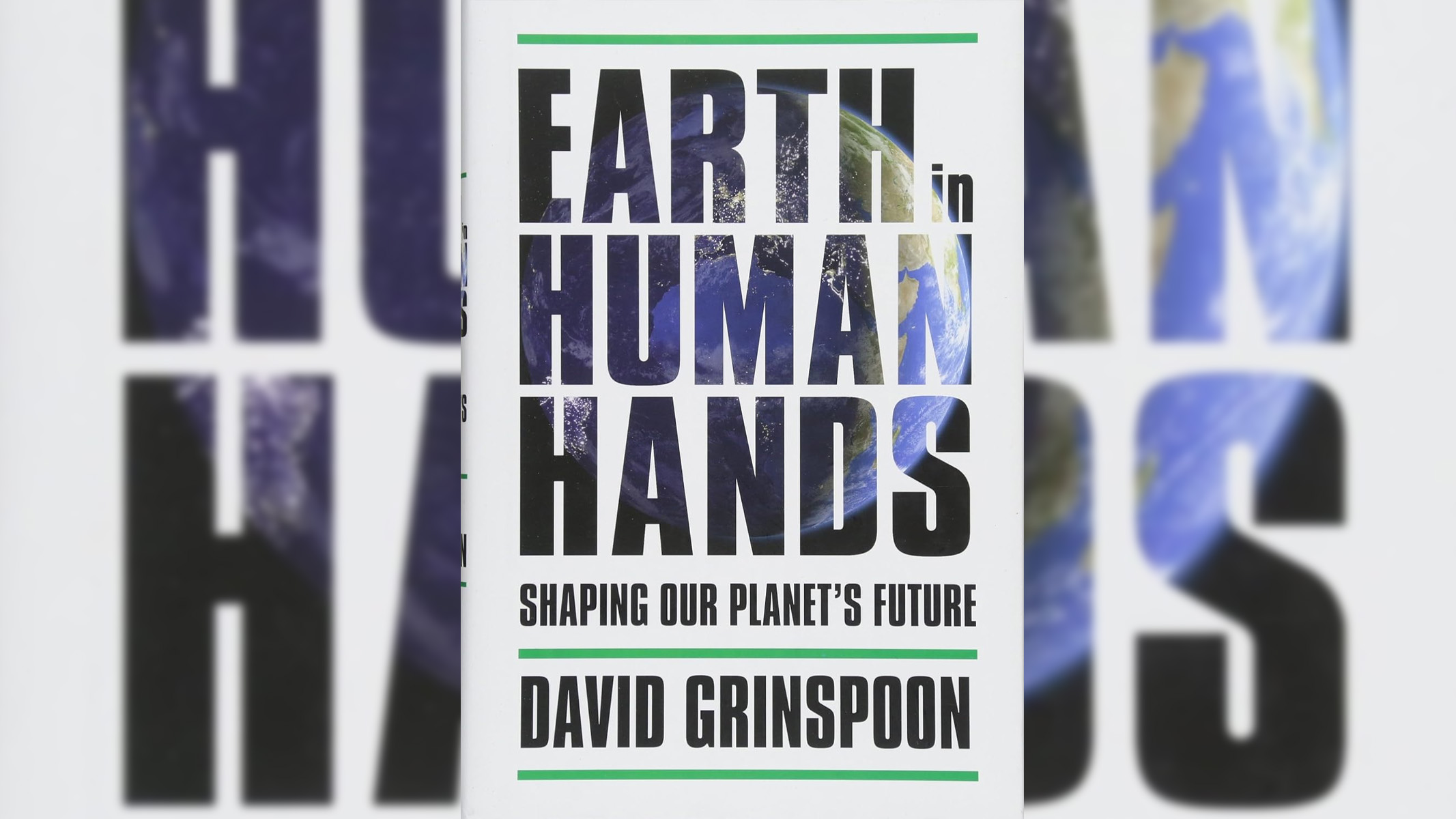
Earth in Human Hands: Shaping Our Planet's Future
Our expert review:
Specifications
Reasons to buy
Reasons to avoid
✅ You want an optimistic view of the Earth: It's not all doom and gloom with David Grinspoon's perspective.
❌ You want a quick read: At 544 pages, this is a long book, and some readers have suggested it's a little repetitive.
🔎 Earth in Human Hands: This is a balanced, optimistic look on how humans have changed planet Earth over the last 10,000 years. ★★★★
Over the past century, humankind's influence over our environment has increased dramatically. Astrobiologist and planetary scientist David Grinspoon argues that our species is arriving at a point that lifeforms across the galaxy may face — become self-sustaining or perish.
In Earth in Human Hands: Shaping Our Planet's Future, Grinspoon explores the ways that, for good or bad, humans have seized control of the planet. The choice is whether we do so mindlessly, or whether we act in a responsible, considerate manner.
Such a dilemma may be common to all life, and the most successful, long-lasting civilizations in the galaxy may live on planets they have engineered to be stable over extended periods of time, making them more difficult to identify than rapidly-expanding societies. ~Nola Redd
The Glass Universe
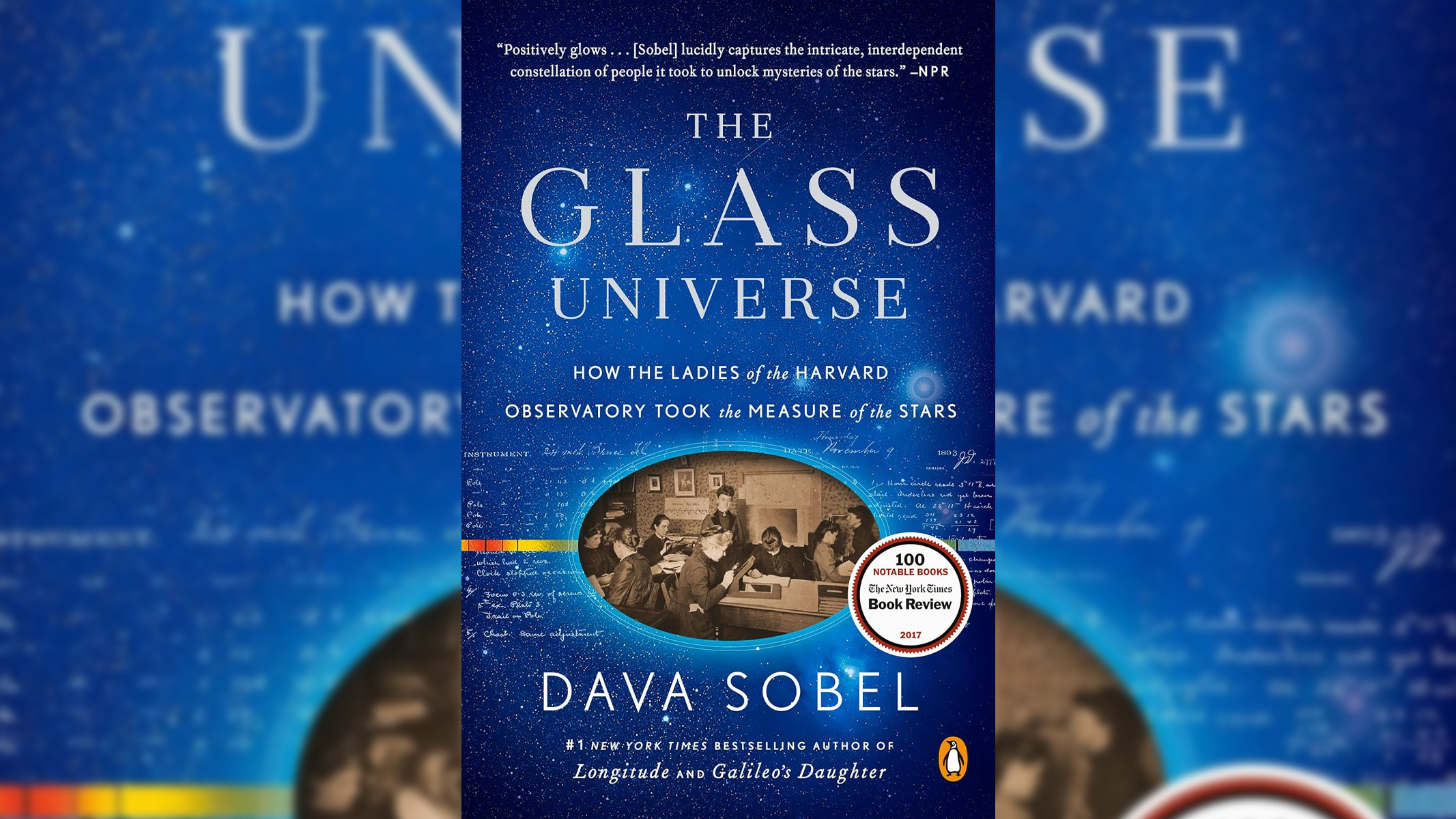
The Glass Universe: How the Ladies of the Harvard Observatory Took the Measure of the Stars
Our expert review:
Specifications
Reasons to buy
Reasons to avoid
✅ You want an inspiring tale: This tells an inspiring tale of an important part of history where women helped to shape the field of astrophysics.
❌ You want emotive language: This reads like a textbook at times, with readers commenting it's very dry.
🔎 The Glass Universe: A truly inspiring and interesting story of women of the Harvard Observatory. It's a fascinating read, but its delivery is a little dry at times. ★★★★
The Glass Universe: How the Ladies of the Harvard Observatory Took the Measure of the Stars, written by Dava Sobel, highlights the remarkable story of how a group of women, called "computers," shaped the field of astronomy during the mid-19th century — when women were not typically employed outside the home. At that time, astronomers relied on grounded telescopes to record nightly observations of the stars.
Women computers at the Harvard College Observatory were then tasked with interpreting those observations, captured on photographic glass plates. Author Dava Sobel follows the stories of several women, which she collected from old diaries, letters, and published observatory logbooks.
Based on their calculations, these women — including Williamina Fleming, Antonia Maury, Henrietta Leavitt, Annie Jump Cannon, and Cecilia Payne — made some of the most fundamental discoveries of our universe. ~Samantha Mathewson
Black Holes and Time Warps
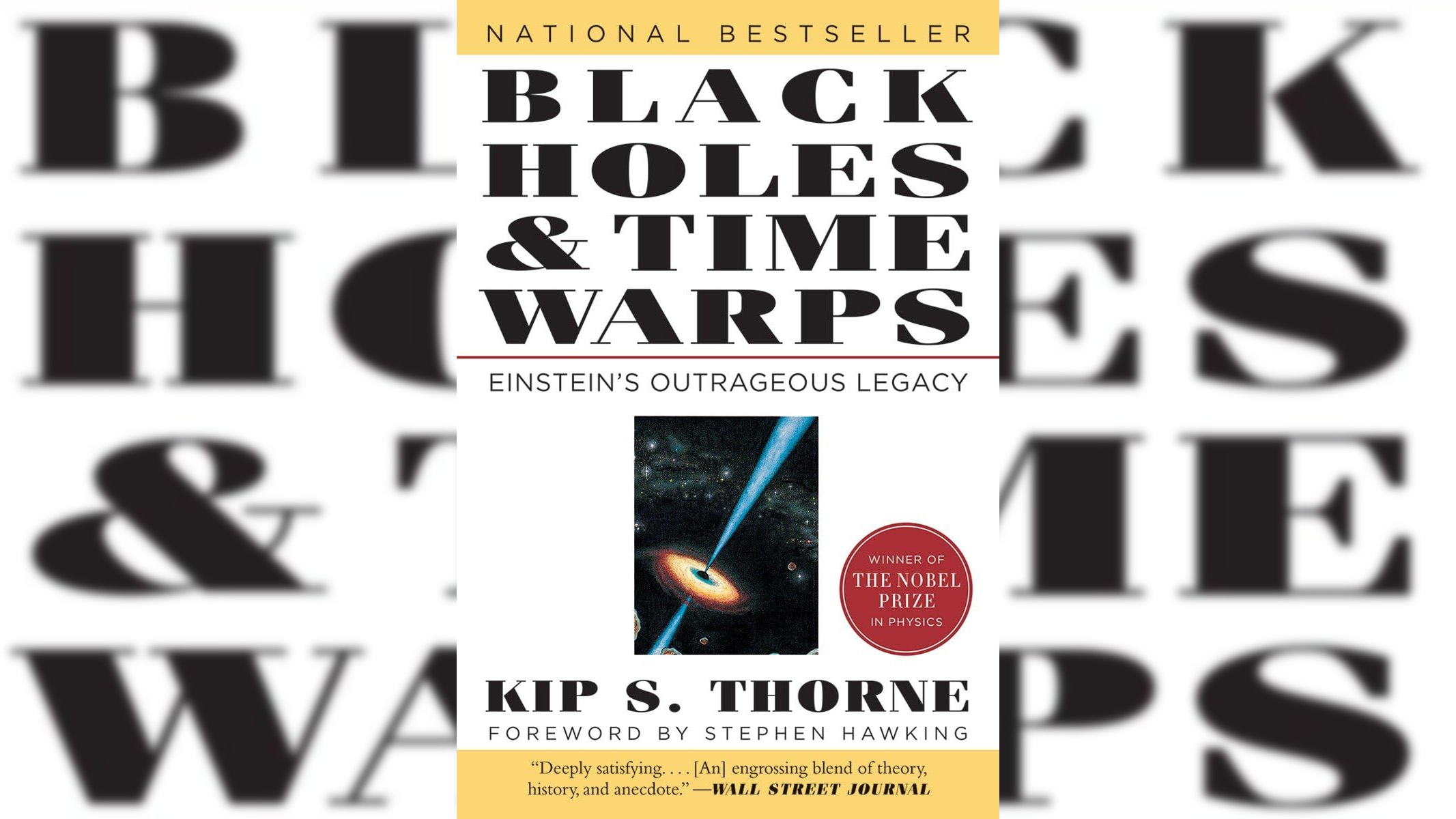
Black Holes & Time Warps: Einstein's Outrageous Legacy
Our expert review:
Specifications
Reasons to buy
Reasons to avoid
✅ You want a thorough primer to black holes: Thorne's book is in-depth and well written, accessible even if you don't have a huge scientific background.
❌ You want bite-sized information: This is 624 pages, so it requires some patience to get into.
🔎 Black Holes and Time Warps: This is a fascinating and in-depth book that goes into detail about black holes, time warps, wormholes and more. ★★★★½
Theoretical astrophysicist Kip S. Thorne has spent his career exploring topics that once seemed relegated to science fiction, such as whether time travel is possible, and how humans could potentially travel from galaxy to galaxy via wormholes. In Black Holes and Time Warps: Einstein's Outrageous Legacy, Thorne provides an introduction to these and other mind-bending topics, at a level appropriate for nonscientists.
The book is not a light read — it goes deeper into the science than many pop physics books — but Thorne is the perfect person to take readers on this journey: He's a patient and entertaining teacher, and he never loses the thread of the story.
On top of the science lessons, Thorne introduces a cast of characters who pushed these fields forward and chronicles the fight by American and Russian physicists to continue scientific collaboration during the Cold War. ~Calla Cofield
The Demon-Haunted World
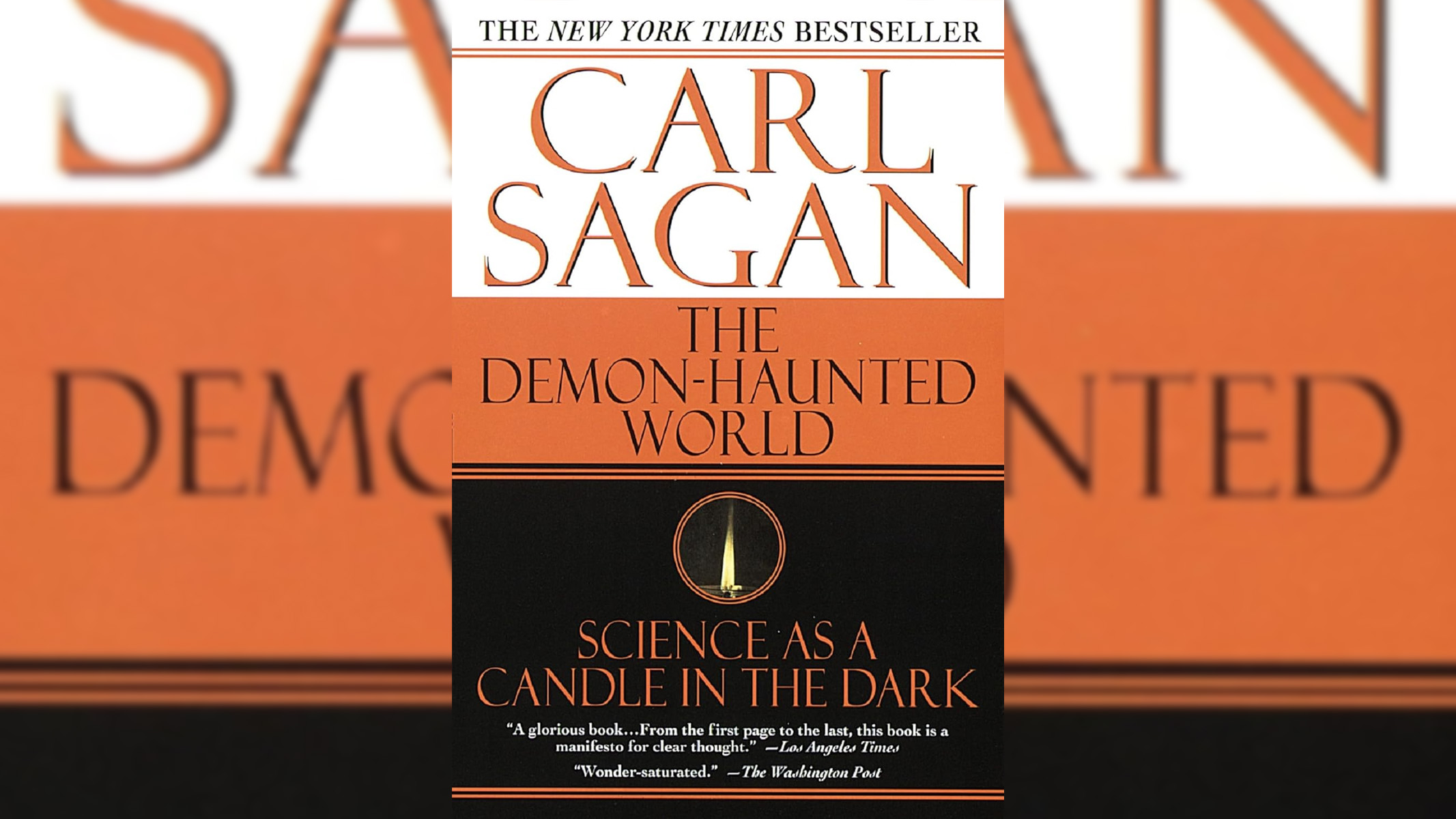
The Demon-Haunted World: Science as a Candle in the Dark
Our expert review:
Specifications
Reasons to buy
Reasons to avoid
✅ You want a scientific approach to popular supernatural subjects: Sagan debunks the likes of witchcraft, faith healings, demons, and UFOs.
❌ You don't want to be challenged: As Sagan says himself, "If we're unwilling to question authority, then we're just putty in the hands of those in power."
🔎 The Demon-Haunted World: A fantastic and insightful scientific debunking of supernatural beliefs including ghosts and UFOs. ★★★★½
Sagan was one of the 20th century's greatest ambassadors and popularizers of science, and he doesn't disappoint in The Demon-Haunted World: Science as a Candle in the Dark.
The book explains to the average person just what science is, and how researchers use the process of scientific inquiry to understand the universe around us. There's a lot of debunking in "The Demon-Haunted World" — of alien encounters, channeling, and other paranormal experiences — and Sagan even provides readers a "baloney detection kit" to help them navigate a confusing and chaotic world.
Like other Sagan works, this one is a fun and engaging read, but a great deal of ambition lurks beneath the fluid prose, as this quote from the book reveals:
"If we can't think for ourselves, if we're unwilling to question authority, then we're just putty in the hands of those in power. But if the citizens are educated and form their own opinions, then those in power work for us. In every country, we should be teaching our children the scientific method and the reasons for a Bill of Rights. With it comes a certain decency, humility, and community spirit. In the demon-haunted world that we inhabit by virtue of being human, this may be all that stands between us and the enveloping darkness." ~Mike Wall
Hyperspace
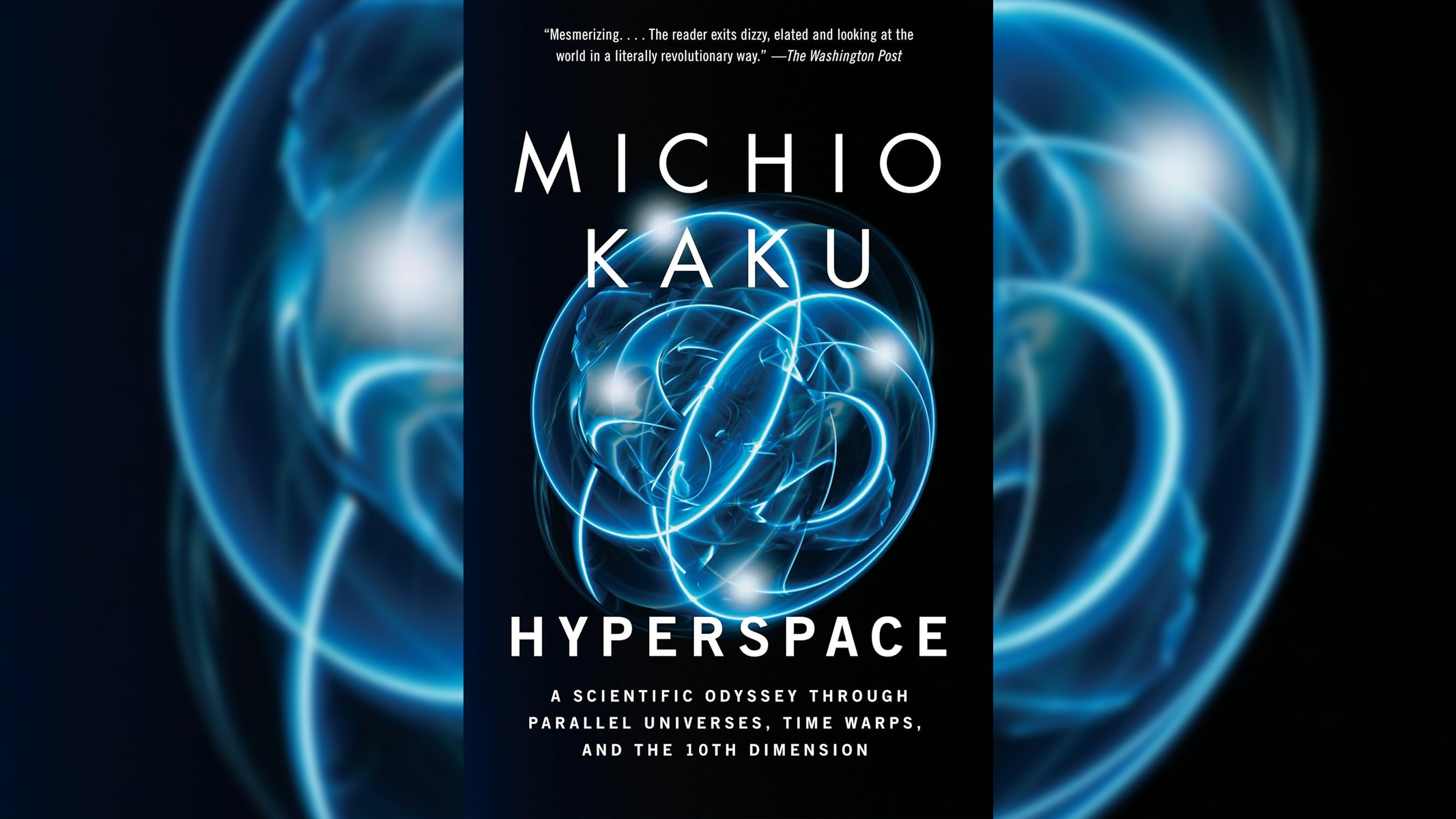
Hyperspace: A Scientific Odyssey Through Parallel Universes, Time Warps, and the 10th Dimension
Our expert review:
Specifications
Reasons to buy
Reasons to avoid
✅ You want to understand multi-dimension concepts: It's a huge concept, but Kaku provides an accessible introduction.
❌ You want something up to date: Written in 1994, some concepts are slightly outdated as new discoveries have been made.
🔎 Hyperspace: This is a fantastic book if you want to understand theories on parallel universes, time travel and wormholes better. ★★★★½
Our brains evolved to comprehend the world around us on a local and accessible scale. We're really not equipped to understand the universe as a 10-dimensional entity — and yet Hyperspace: A Scientific Odyssey Through Parallel Universes, Time Warps, and the 10th Dimension by Michio Kaku explains this revolutionary idea in such a lucid and engaging way that it makes a good deal of sense.
By the time you're done reading this book, you'll have a pretty solid grasp of why Kaku and other scientists think the basic forces in our universe — electromagnetism, gravity, and the strong and weak nuclear forces — may actually just be vibrations in higher-dimensional space.
And it's an extremely fun read, too, with excursions into such sexy topics as parallel universes, time travel, and wormholes. For example, did you know that you might be able to create a wormhole in your own kitchen using just an ice cube and a pressure cooker? All you have to do is figure out a way to heat the ice cube up to a temperature of 10³² degrees Kelvin. ~Mike Wall
How we test
Generally speaking, we don't publish formal reviews of the books we love. But many members of our team are avid readers, particularly those about science, space and physics. The books we've included in this list have all been read and personally recommended by a member of our team of experts, and you'll find the name behind the recommendation affixed to the end of each book's description.
Our favorite astrophysics books come in various shapes and sizes. Many of these are academic texts, but some of them are more accessible to readers who might not have a scientific background. We've chosen them based on how engaging they are to read, how much insight they give into a specific field, and of course how well researched they are.
Recent updates
19 February: Our guide has been completely reformatted. We've added additional information about each book along with new imagery. We've also added specifications on each book and easy-to-digest pros, cons and summaries of each title featured in our guide. There's also now a 'quick list' at the top of the guide, summarizing everything featured on the page.
Join our Space Forums to keep talking space on the latest missions, night sky and more! And if you have a news tip, correction or comment, let us know at: community@space.com.
Get the Space.com Newsletter
Breaking space news, the latest updates on rocket launches, skywatching events and more!

Space.com is the premier source of space exploration, innovation and astronomy news, chronicling (and celebrating) humanity's ongoing expansion across the final frontier. Originally founded in 1999, Space.com is, and always has been, the passion of writers and editors who are space fans and also trained journalists. Our current news team consists of Editor-in-Chief Tariq Malik; Editor Hanneke Weitering, Senior Space Writer Mike Wall; Senior Writer Meghan Bartels; Senior Writer Chelsea Gohd, Senior Writer Tereza Pultarova and Staff Writer Alexander Cox, focusing on e-commerce. Senior Producer Steve Spaleta oversees our space videos, with Diana Whitcroft as our Social Media Editor.
- Alexander CoxE-commerce Staff Writer
- Kim SnaithFreelance contributor
